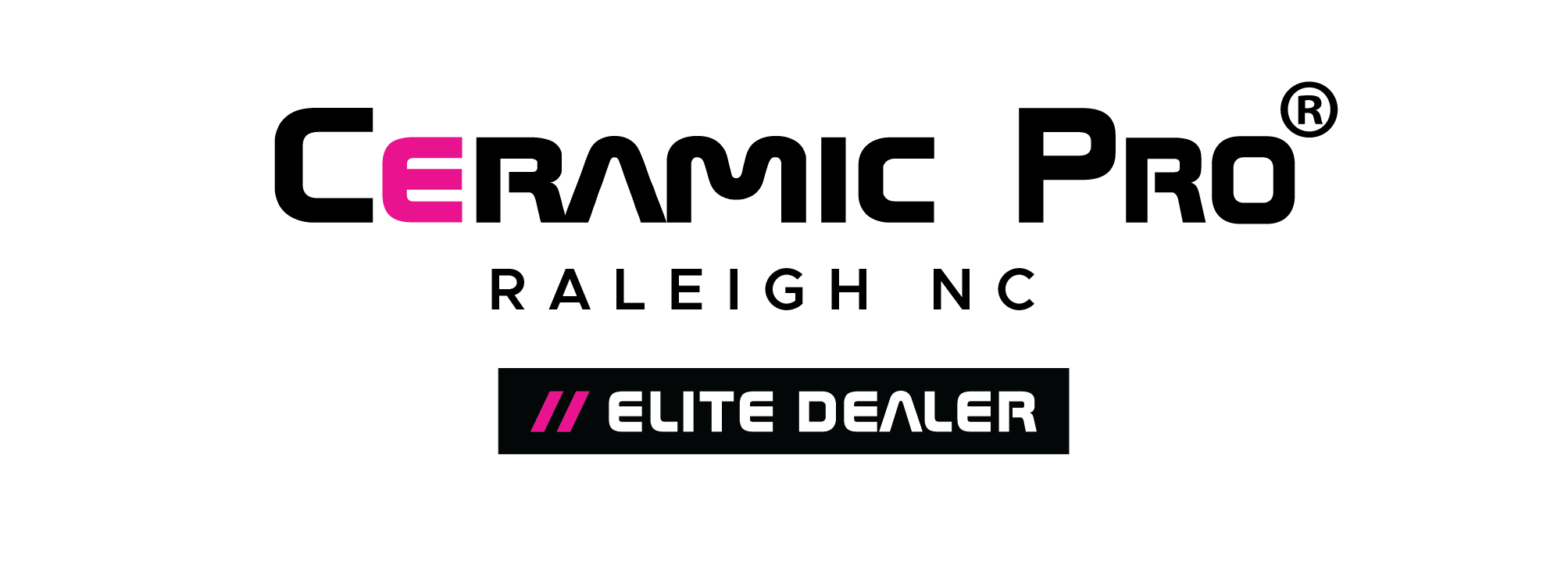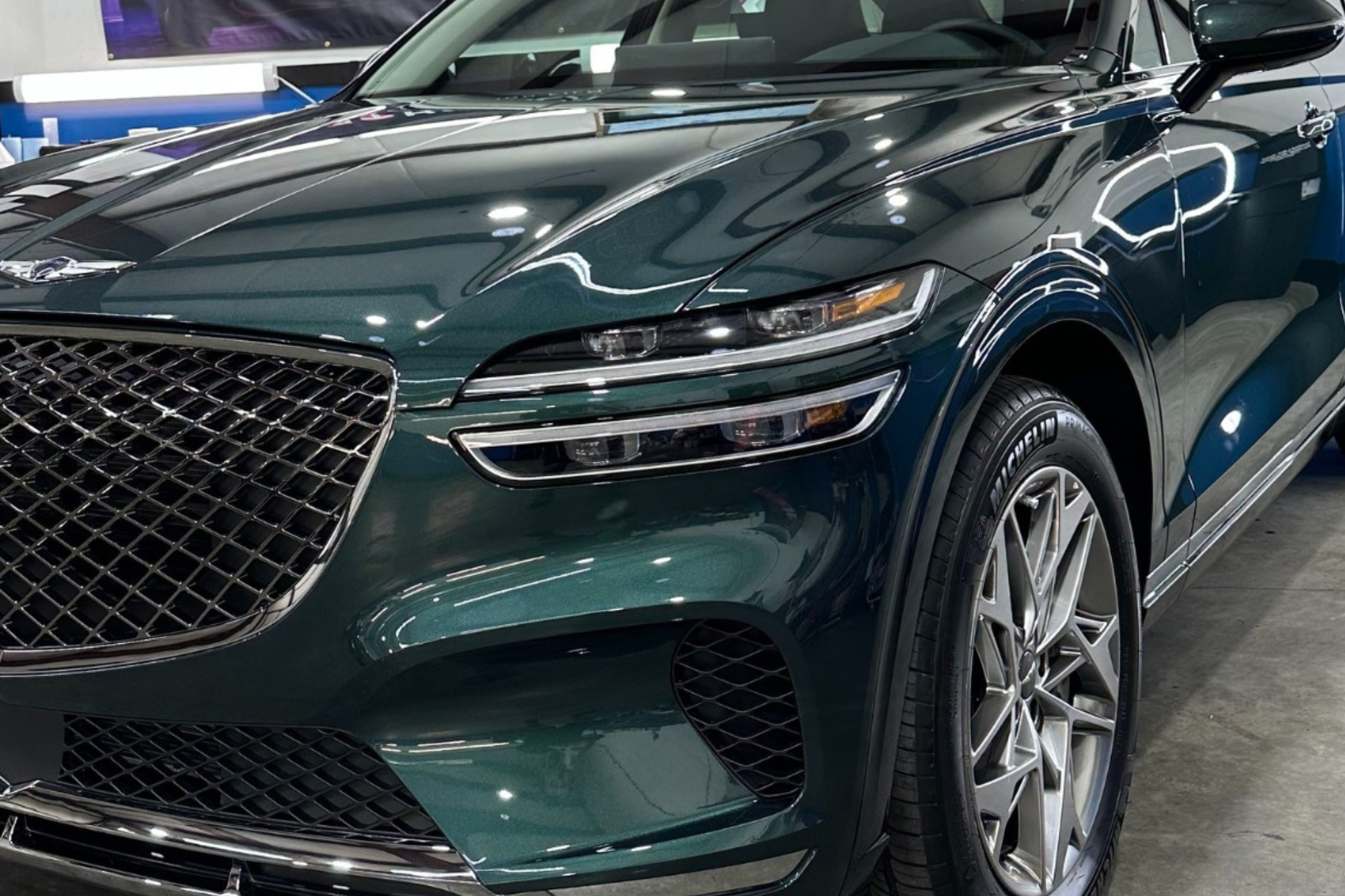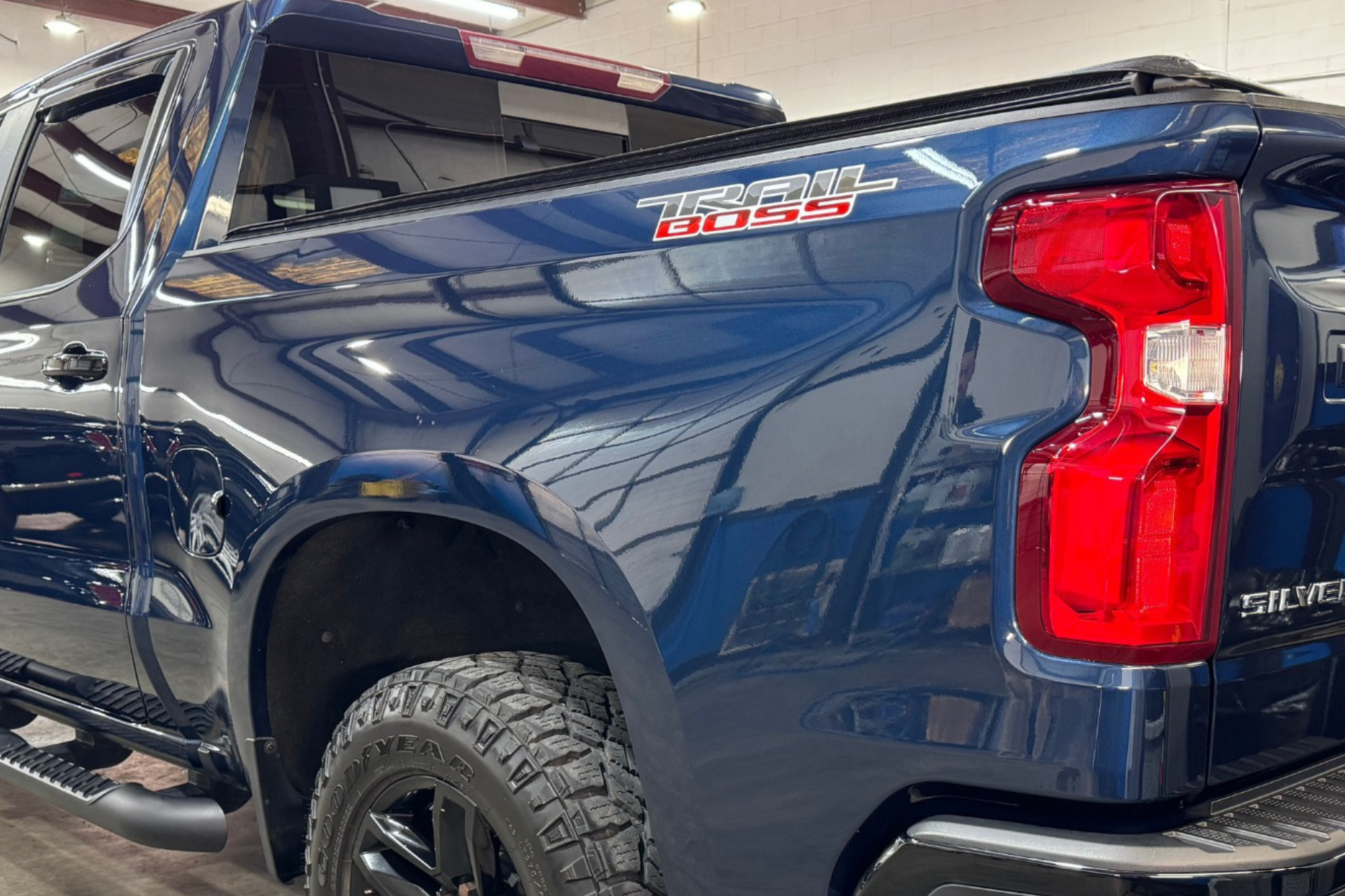Ensuring a flawless finish is paramount when achieving excellent results in car window tinting. Imagine the satisfaction of cruising in a vehicle with sleek, professionally tinted windows that enhance privacy and offer protection from the sun’s harsh rays. But how can you make sure your tint job meets the mark? By following these essential tips, you’ll be well on your way to transforming your car’s windows into a work of art that looks great and serves a practical purpose.
Key Takeaways
- Choose high-quality tint film with UV protection and heat rejection.
- Thoroughly prep windows by removing old tint, cleaning, and smoothing imperfections.
- Cut the film accurately, apply smoothly, and use a squeegee to eliminate bubbles.
- Work in a controlled environment with patience for a professional finish.
- Maintain tinted windows with gentle cleaning, UV protection, and regular care.
Choosing the Right Tint Film
When selecting the appropriate tint film for your car windows, consider the importance of darkness levels permitted by your state regulations. Familiarize yourself with the legal limits for tint darkness in your area to guarantee compliance and avoid potential fines.
Once you understand the regulations, you can start exploring the various features offered by different tint films.
Film thickness is important to ponder when choosing a tint film for your car windows. Thicker films are generally more durable and offer better protection against impacts. Additionally, thicker films can enhance the overall strength of your windows, making them more resistant to breakage.
UV protection is another key element to look for in a tint film. Quality tint films are designed to block harmful UV rays, which can’t only damage your skin but also cause your car’s interior to fade over time. Opt for a tint film that offers high levels of UV protection to ensure maximum comfort and longevity.
Heat rejection is vital, especially if you live in a hot climate. Look for tint films that are specifically designed to reduce heat buildup inside your car, keeping you cool and comfortable even on the hottest days.
Proper Window Preparation
Consider starting by removing any existing window tint film using a professional-grade tint remover solution before proceeding with the proper window preparation for the installation of your fresh tint film.
Surface cleaning is important to make sure the window is free from any dirt, dust, or debris that could affect the adherence to the fresh tint film. Use a lint-free cloth and a mild glass cleaner to clean the window surface thoroughly.
After cleaning the window, it’s vital to address any imperfections or scratches on the glass. Heat shrinking can help remove minor imperfections and ensure a smooth surface to which the tint film can adhere. Use a heat gun with precise heat gun techniques to carefully heat shrink the window, making it ready for the tint application.
Next, focus on preparing the window edges for proper adhesive bonding. Clean and dry the edges thoroughly to remove any residue that could interfere with the bonding process. Pay close attention to the corners and edges to guarantee a secure bond between the window and the tint film.
Precise Cutting and Application
For accurate cutting and application of the tint film, make sure you have the necessary tools and materials ready for the task at hand. Start by confirming your work surface is clean and free of any debris that could impact the tint application. Use a sharp utility knife or tint-cutting tool to achieve precise cuts. Proper alignment is vital to make sure the tint fits the window perfectly, leaving clean edges that enhance the overall appearance.
When cutting the tint film to size, measure the window accurately and leave a small margin around the edges to allow for adjustments during the application process. Avoiding jagged cuts is essential for a professional finish. Smooth application is key to prevent creases and bubbles, which can affect the tint’s effectiveness and longevity.
To apply the tint, carefully peel off the protective backing and spray the adhesive side with a tint solution to facilitate positioning. Place the film on the window, starting from the top and working your way down. Use a squeegee to remove any air pockets and ensure a smooth application. Pay attention to the edges to prevent lifting and ensure a polished look.
Eliminating Bubbles and Wrinkles
To achieve a flawless finish, meticulous attention to detail is essential when it comes to eliminating bubbles and wrinkles during the car window tinting process. Proper application of the tint film is pivotal in ensuring a professional-quality result.
One technique that aids in eliminating these imperfections is heat shrinking. Heat shrinking involves using a heat gun or steamer to soften the tint film, allowing it to conform smoothly to the curves of the window without creases or bubbles.
When using the heat shrinking method, it’s important to work gradually and systematically. Start from the center of the window and move outwards, using the heat source to warm the film evenly. As the film becomes more flexible, gently press it against the window with a squeegee to remove any air pockets or wrinkles.
The squeegee technique involves applying consistent pressure while pushing any trapped air toward the edges of the film. Remember to work in a controlled environment with minimal dust and debris to prevent imperfections from forming under the tint.
Patience and precision are key when heat shrinking and using the squeegee technique to eliminate bubbles and wrinkles, resulting in a professionally tinted window that enhances both the appearance and functionality of your vehicle.
Caring for Your Tinted Windows
Proper maintenance of your car window tint is important to ensure its longevity and peak performance. Regular cleaning and maintenance are vital to preserving the appearance and functionality of your tinted windows. Start using a soft microfiber cloth or a sponge with a mild detergent to gently clean the tinted surface. Avoid harsh chemicals or abrasive materials that could scratch or damage the tint. Regular cleaning not only keeps your windows looking pristine but also helps in maintaining the UV protection properties of the tint film.
UV protection is a key benefit of tinted windows, shielding you and your vehicle’s interior from harmful UV rays. To maintain the longevity of this UV protection, it’s recommended to use a window cleaner with UV inhibitors. This will help prevent the tint from fading or deteriorating over time due to sun exposure. Additionally, consider parking your car in shaded areas or using a windshield sunshade when parked for extended periods under direct sunlight.
Incorporate these maintenance tips into your regular car care routine to maintain your tinted windows. By taking these simple steps, you can enjoy the benefits of tinted windows for years to come, maintaining both their aesthetic appeal and functional advantages.
By following these five essential tips for car window tinting, you can achieve a professional-quality result that enhances the appearance of your vehicle and provides practical benefits like UV protection and heat rejection.
Remember to:
- Choose high-quality tint films.
- Prepare your windows meticulously.
- Apply the film with precision.
- Eliminate any bubbles or wrinkles.
- Maintain your tinted windows for long-lasting durability and aesthetic appeal.
Your car will shine with a tint job done right.




